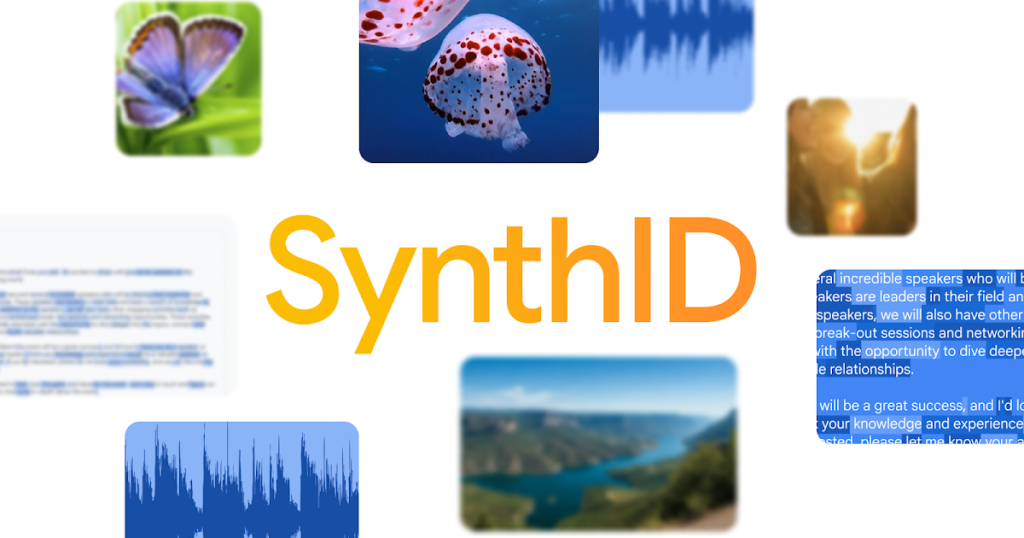Google has officially launched SynthID Text, a cutting-edge technology designed to help developers watermark and detect text produced by generative AI models. This tool is now widely available for download on platforms like Hugging Face and through Google’s updated Responsible GenAI Toolkit.
How SynthID Text Works
SynthID Text functions by adding a watermark to AI-generated text, enabling easy identification of its origins. When a generative model receives a prompt, such as “What’s your favorite fruit?”, it predicts the most likely next “token” (which can be a character or word) one at a time. Each token is assigned a score reflecting its likelihood of appearing in the output text. SynthID Text enhances this process by adjusting the probability distribution of these tokens, effectively embedding a watermark.
According to Google, this adjusted pattern of scores, which combines the model’s word choices with the altered probabilities, creates a unique fingerprint that can be compared against known patterns for watermarked and unwatermarked text. This allows SynthID to ascertain whether the text was generated by an AI tool or sourced from elsewhere.
Promises and Limitations
Google emphasizes that SynthID Text maintains the quality, accuracy, and speed of text generation, even when handling modified or paraphrased text. However, the company acknowledges certain limitations. The watermarking process is less effective with short text or content that has been heavily rewritten or translated. For instance, factual responses—like “What is the capital of France?”—leave little room for token adjustment without compromising accuracy.
The Landscape of AI Watermarking
Google is not alone in its endeavor to create AI text watermarking technologies. OpenAI has been exploring similar methods for years, although it has postponed their release due to various technical and commercial challenges. The adoption of watermarking techniques could potentially address the rising issue of inaccurate AI detection systems, which often misidentify generic text as AI-generated.
Regulatory Pressures and Future Implications
The push for watermarking may soon be reinforced by legal requirements. China has already mandated the watermarking of AI-generated content, and California is considering similar legislation. This urgency arises from projections by the European Union Law Enforcement Agency, which suggests that up to 90% of online content could be generated synthetically by 2026. This shift could pose significant challenges for law enforcement regarding misinformation, fraud, and deception.
Currently, studies indicate that nearly 60% of all online sentences may already be AI-generated, fueled by the widespread use of AI tools, including translators. As the prevalence of AI-generated content grows, tools like SynthID Text could play a critical role in maintaining transparency and trust in digital communications.
Conclusion
With the introduction of SynthID Text, Google aims to set a new standard for identifying AI-generated text, potentially reshaping how content is created and consumed in the digital landscape. As regulatory pressures mount and concerns about disinformation rise, the importance of such technologies will likely only increase, making it essential for developers and businesses to adapt swiftly.

